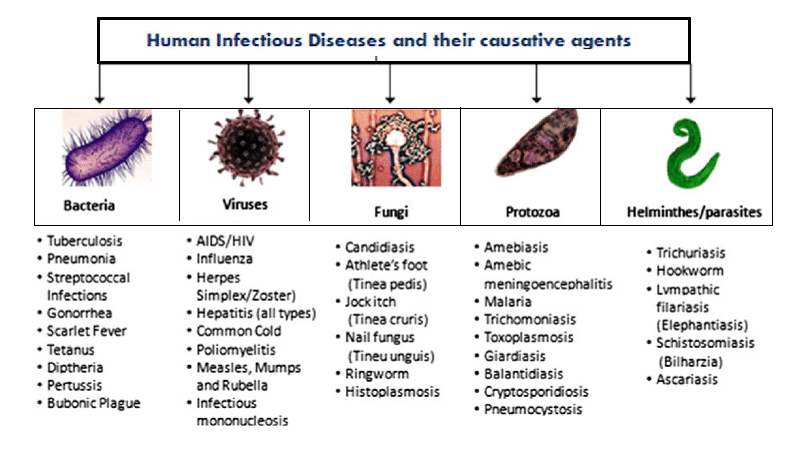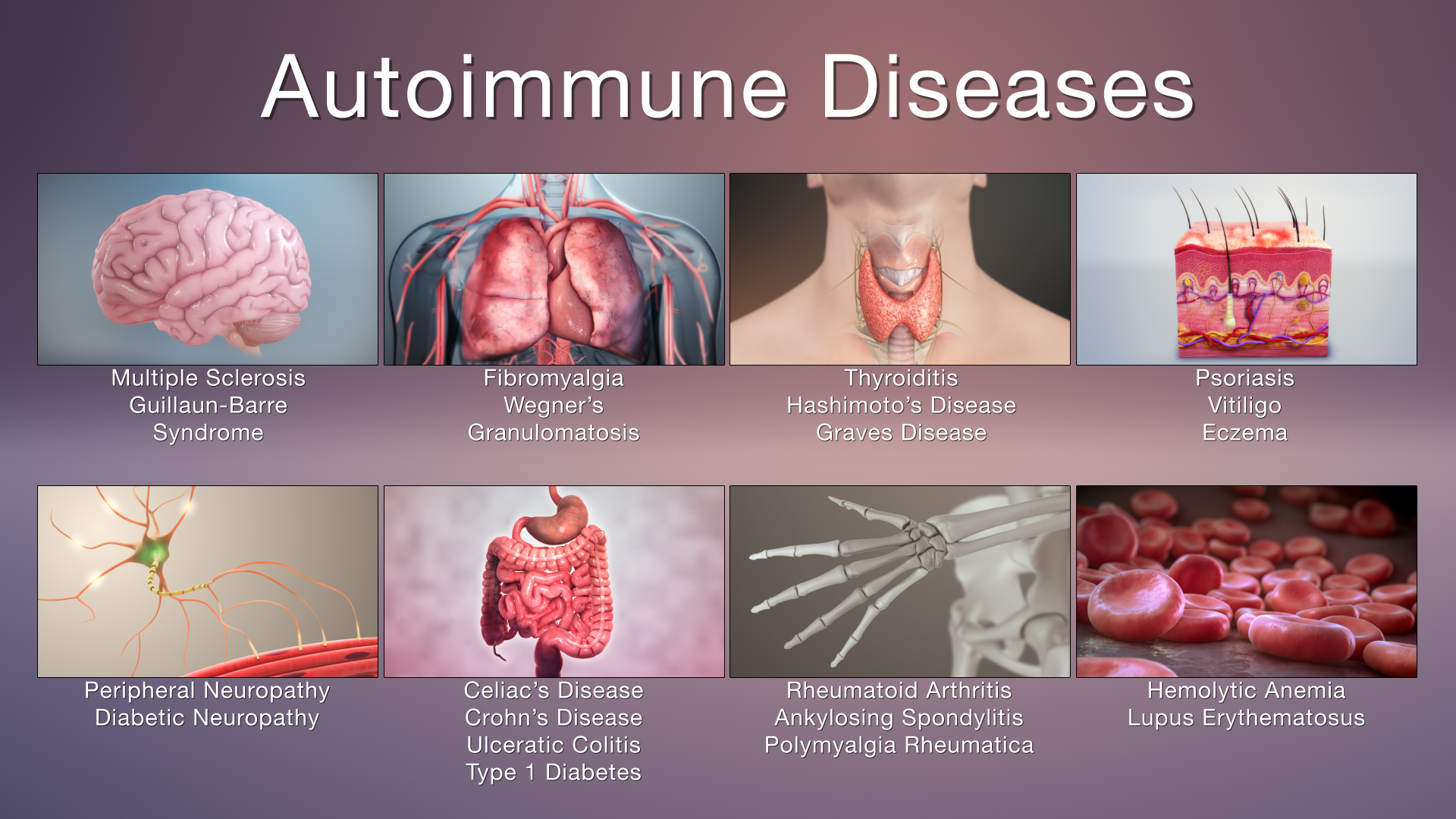Many people who admire country music icon Randy Travis have, over the years, wondered about his health. It's a question that often comes up when we think about beloved public figures who face health challenges. His journey with a serious health event brought a lot of attention to how fragile our well-being can be. So, what happened to Randy Travis, and what sort of health issue did he experience?
The question of "what disease does randy travis have" really points to a specific and sudden health crisis that changed his life in a very big way. It was an event that put him in a very difficult spot, requiring a lot of care and a long road to getting better. This kind of situation, you know, makes us think about how our bodies work and what happens when something goes wrong.
When we talk about what happened to Randy Travis, we are talking about a serious medical condition that affected his brain. It wasn't something that came from an external injury, but rather an internal body problem that caused a significant upset to his normal functions. This particular kind of health upset, as a matter of fact, is something that can strike anyone and has a lot to do with how blood moves around in our heads.
- How Old Is Dr Phil
- Is Emily Campagno Married
- Emily Campagno Married
- Elvis Presleys Grandchildren
- Bruno Mars Wife
Table of Contents
- Randy Travis - A Short Biography
- What Disease Does Randy Travis Have - The Stroke
- How Does a Stroke Impact the Body?
- What Is Aphasia and How Does It Relate to What Disease Does Randy Travis Have?
- What Are the Signs of a Stroke?
- Living with the Effects of What Disease Does Randy Travis Have
- How Do We Think About a Disease Like What Disease Does Randy Travis Have?
- The Road to Recovery After What Disease Does Randy Travis Have
Randy Travis - A Short Biography
Randy Travis, whose full name is Randy Bruce Traywick, came into the world in Marshville, North Carolina. He became a very well-known figure in country music during the 1980s. His deep voice and traditional country sound really helped bring country music back to its roots at a time when things were changing a bit. He was a big deal, winning lots of awards and selling millions of records. He had a way of singing songs that felt very true and real to people, which, you know, made him a favorite for many.
Before his health issues, Randy Travis was a consistent presence on the radio and on stage. He had a string of hit songs that are still loved today. His career showed a lot of staying power, and he was someone who really shaped the sound of country music for a generation. People thought of him as a kind, humble person who truly loved what he did. His personal story, too it's almost, became as famous as his songs, especially after his health turned.
Personal Details and Bio Data of Randy Travis
| Full Name | Randy Bruce Traywick |
| Date of Birth | May 4, 1959 |
| Place of Birth | Marshville, North Carolina, USA |
| Occupation | Country Music Singer, Songwriter, Actor |
| Musical Genre | Country |
| Years Active | 1978–present (with health-related hiatus) |
What Disease Does Randy Travis Have - The Stroke
So, the specific health issue that Randy Travis experienced was a stroke. A stroke is a serious brain attack that happens when the blood supply to a part of the brain is cut off. This can happen in a couple of ways: either a blood vessel that carries blood to the brain gets blocked, or a blood vessel in the brain bursts. When brain cells don't get the blood they need, they start to die. This, in a way, is a very sudden and damaging event for the body's control center.
- Sameha Kotb
- Fr%C3%A9d%C3%A9ric Thi%C3%A9baud
- Phil Hartman
- Is Lamont Sanford Still Alive
- Rick Owen And His Wife
In July 2013, Randy Travis was hospitalized with what was first reported as viral cardiomyopathy, which is a heart condition. However, a few days later, he had a major stroke. This stroke was very severe and caused a lot of damage. It's a type of body problem that really changes a person's physical and mental abilities, sometimes quite drastically. The suddenness of it, you know, was a shock to many who followed his career.
This kind of health event, a stroke, is a clear example of what we mean by a "disease." It's an abnormal condition that truly changes how a part of the body, in this case, the brain, works and is put together. It's not something you get from an outside injury, but rather an internal breakdown. The effects of what disease does randy travis have, like a stroke, show up as signs and symptoms that are very different from how a person usually is.
How Does a Stroke Impact the Body?
A stroke can affect the body in many different ways, depending on which part of the brain is hurt and how much damage there is. The brain, you see, controls everything we do – how we move, how we talk, how we think, and how we feel. When a part of it stops getting blood, the functions it controls can stop working. This can mean weakness or paralysis on one side of the body, trouble speaking or understanding words, problems with vision, or even changes in personality.
For Randy Travis, the stroke had a significant impact on his ability to speak and sing, which were, you know, such a big part of his life and career. This particular effect is called aphasia. It's a condition that makes it hard for a person to communicate. So, a stroke, basically, is a harmful deviation from the normal structural and functional state of an organism, and it brings with it a whole host of new challenges.
The body's recovery after a stroke can be a very long and hard road. It often involves a lot of therapy, like physical therapy to help with movement, speech therapy to help with talking, and occupational therapy to help with everyday tasks. It's about trying to get the brain to find new ways to do things, or to help the damaged parts heal as much as they can. This process, in some respects, is a true test of a person's spirit and determination.
What Is Aphasia and How Does It Relate to What Disease Does Randy Travis Have?
Aphasia is a language disorder that happens when parts of the brain that control language are damaged. This damage is often caused by a stroke, which is what happened in Randy Travis's situation. People with aphasia might have trouble finding the right words, putting sentences together, understanding what others are saying, or even reading and writing. It's like the words are there, but they just can't quite get them out or make sense of them.
For someone like Randy Travis, whose entire career depended on his voice and his ability to tell stories through song, aphasia was a particularly cruel blow. It affects not just talking, but the whole process of communication. This condition is a direct result of the brain damage from the stroke, showing how a disease can truly interfere with a body's normal functions. It's a bit like, you know, having all your thoughts but no clear path to share them.
There are different kinds of aphasia, depending on which part of the brain is affected. Some people might have trouble speaking fluently but can still understand pretty well. Others might have trouble understanding but can speak, though what they say might not make much sense. It's a very personal condition, and how it shows up can be quite varied. The work to get better from aphasia usually involves a lot of speech therapy, which can take a very long time.
What Are the Signs of a Stroke?
Knowing the signs of a stroke is really important because getting help fast can make a big difference. The saying "time is brain" is very true when it comes to strokes. The quicker someone gets medical attention, the more brain cells can be saved. There are some common things to look out for, which, you know, can be remembered with a simple acronym.
One easy way to remember the signs is using the word "FAST":
- **F**ace drooping: Does one side of the face droop or feel numb? Ask the person to smile. Is the smile uneven?
- **A**rm weakness: Is one arm weak or numb? Ask the person to raise both arms. Does one arm drift downward?
- **S**peech difficulty: Is speech slurred? Is the person unable to speak or hard to understand? Ask the person to repeat a simple sentence.
- **T**ime to call 911: If someone shows any of these signs, even if they go away, call for emergency help right away.
Other signs can include sudden confusion, trouble seeing in one or both eyes, sudden trouble walking, dizziness, loss of balance, or a sudden, very bad headache with no known cause. These are all signals that the brain is in distress. Recognizing these signs quickly is, you know, a very important step in helping someone who might be having a stroke, like what disease does randy travis have.
Living with the Effects of What Disease Does Randy Travis Have
Living with the after-effects of a stroke, especially one as severe as Randy Travis's, means facing a lot of challenges every single day. It's not just about the physical changes, but also the emotional and mental adjustments. Things that used to be simple, like talking or moving, can become very hard. This kind of ongoing health problem really shows how a disease can change a person's whole way of life.
For someone who was a performer, like Randy Travis, the impact on his ability to sing and communicate in the way he once did was, you know, particularly significant. It means finding new ways to express himself and connect with people. His public appearances since his stroke have shown his determination and courage, even as he works through the lasting effects of his condition. It’s a powerful example of someone adapting to a new normal.
The process of getting better after a stroke is often a very slow and gradual one. It involves a lot of patience, hard work, and support from family and friends. People who have had strokes often need ongoing therapy and care to manage their symptoms and improve their quality of life. This ongoing struggle with what disease does randy travis have really highlights the long-term nature of some health conditions.
How Do We Think About a Disease Like What Disease Does Randy Travis Have?
When we think about a disease, it's about something that goes wrong inside the body, affecting how it's put together or how it works. It's a harmful change from the usual state of health. A stroke, for example, fits this idea perfectly because it causes damage to the brain and stops it from working as it should. It's not just a passing illness; it's a deep-seated problem that needs careful attention.
The information about what a disease is, like from medical guides, points to it being an abnormal condition that messes with the structure or function of a part of an organism. It's something that doctors can often figure out by looking for certain signs and symptoms. So, a stroke, with its specific effects on the brain and the body, is clearly a type of disease. It's a body problem that your doctor diagnoses, typically, using certain tests and observations.
It's different from, say, a broken arm, which is an external injury. A disease comes from within, or from an infection, causing a breakdown in the body's usual processes. This distinction helps us understand the nature of Randy Travis's health challenge. It's a condition that came from an internal issue, rather than something outside that hurt him. This is, you know, a very basic way to look at health problems.
The Road to Recovery After What Disease Does Randy Travis Have
The path to getting better after a stroke, especially a big one, is often a very long and difficult one. It's a journey that demands a lot of strength and persistence. For Randy Travis, this has meant years of intensive therapy and hard work to regain some of his abilities. It shows how much effort goes into trying to get back some of what was lost.
Recovery from a stroke is different for everyone, but it often involves a team of people helping out. There are physical therapists who help with movement, speech therapists who work on communication, and other specialists who help with different aspects of getting back to daily life. It's a gradual process, with small improvements often adding up over time. This kind of dedication, you know, is really something to see.
Even with significant challenges, people who have had strokes can often make meaningful progress. Randy Travis has, in fact, made public appearances and even sung a few words, which is a testament to his incredible will and the support he has received. His story reminds us that even when facing a serious disease, there can be moments of hope and progress, even if the road is very, very long.
Related Resources:



Detail Author:
- Name : Monserrate Friesen
- Username : brenda48
- Email : tcollins@wiegand.net
- Birthdate : 1998-08-31
- Address : 599 Kshlerin Isle Apt. 199 Connellyfurt, MT 07853
- Phone : +18456892882
- Company : Gorczany LLC
- Job : Material Moving Worker
- Bio : Praesentium sit fuga aspernatur labore qui iste optio distinctio. Vero omnis perferendis aliquid laborum in ipsa praesentium.
Socials
facebook:
- url : https://facebook.com/smitchell
- username : smitchell
- bio : Ut rerum eligendi ipsam illum occaecati in. Voluptatem ab officiis neque ad.
- followers : 6421
- following : 568
linkedin:
- url : https://linkedin.com/in/sanfordmitchell
- username : sanfordmitchell
- bio : Quis nesciunt praesentium iure at fuga.
- followers : 5493
- following : 600